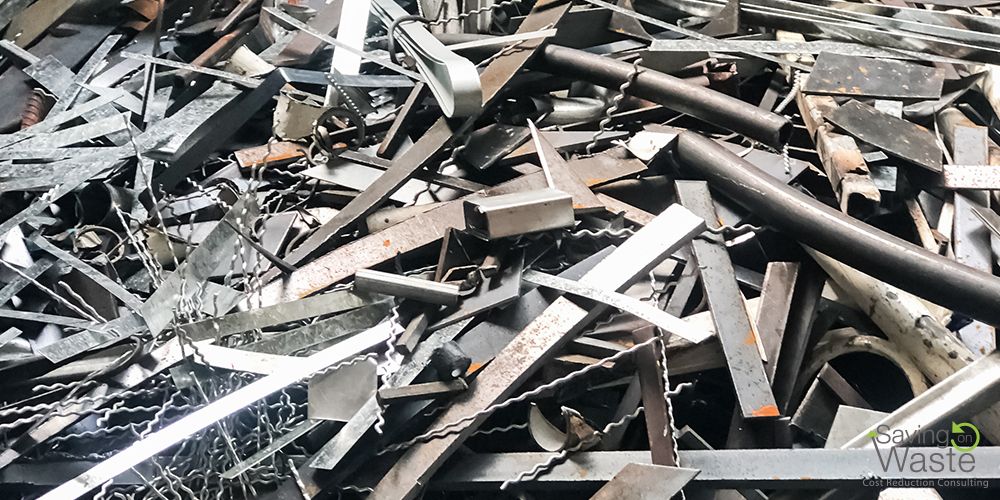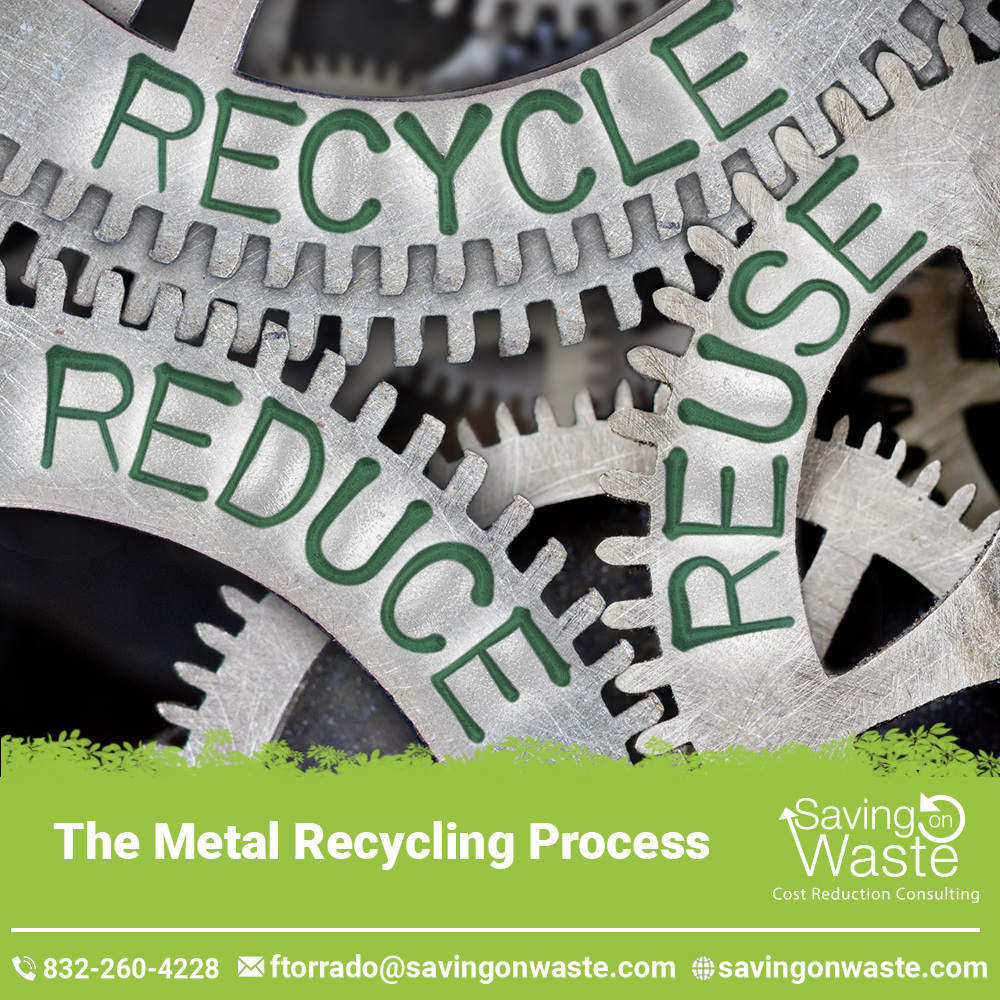
An Introduction to Metal Recycling - The Metal Recycling Process
The main stages of the metal recycling process are as follows:
1. Collection
The collection process for metals differs than that for other materials because of higher scrap value. As such, it is more likely to be sold to scrap yards than sent to the landfill. The largest source of scrap ferrous metal in the U.S. is from scrap vehicles.
Other sources include large steel structures, railroad tracks, ships, farm equipment, and of course, consumer scrap. Prompt scrap, which is created in the course of new product manufacturing, accounts for one-half of ferrous scrap supply.
2. Sorting
Sorting involves separating metals from the mixed scrap metal stream or the mixed multi-material waste stream. In automated recycling operations, magnets and sensors are used to aid in material separation.
At the entrepreneurial level, scrappers may employ a magnet, as well as to observe the material color or weight to help determine the metal type. For example, aluminum will be silver and light. Other important colors to look for are copper, yellow (for brass) and red, for red brass. Scrappers will improve the value of their material by segregating clean metal from the dirty material.
3. Processing
To allow further processing, metals are shredded. Shredding is done to promote the melting process as small shredded metals have a large surface to volume ratio.
As a result, they can be melted using comparatively less energy. Normally, aluminum is converted into small sheets, and steel is changed into steel blocks.
4. Melting
Scrap metal is melted in a large furnace. Each metal is taken to a specific furnace designed to melt that particular metal. A considerable amount of energy is used in this step.
Still, as mentioned above, the energy required to melt and recycle metals is much less than the energy that is needed to produce metals using virgin raw materials. Based on the size of the furnace, the degree of heat of the furnace and volume of metal, melting can take from just a few minutes to hours.
5. Purification
Purification is done to ensure the final product is of high quality and free of contaminants. One of the most common methods used for purification is Electrolysis.
6. Solidifying
After purification, melted metals are carried by the conveyor belt to cool and solidify the metals. In this stage, scrap metals are formed into specific shapes such as bars that can be easily used for the production of various metal products.
7. Transportation of the Metal Bars
Once the metals are cooled and solidified, they are ready to use. They are then transported to various factories where they are used as raw material for the production of brand new products.
When the products made of these metal bars come to the end of their useful life, the metal recycling process cycles again.
Challenges for the Metal Recycling Industry
The current overall metal recycling rate of around 34% is not acceptable, given the recyclability of almost every kind of metal, and challenges remain with respect how to recapture more material for recycling.2 The expansion of community recycling programs and public awareness help in this regard.
Another important reason for the low recycling rate has to do with the design of various metal products. The growing complexity of various modern products and their material mix makes recycling increasingly difficult. For instance, a smartphone can contain more than 70 different elements.7 So, extracting every kind of materials from a mobile phone and reusing them in the production of new products makes it difficult.
Metal Recycling Technologies
Modern recycling technologies can effectively identify many different kinds of metals, though there is still the need for even more effective recycling technologies to separate non-ferrous metals.
Separating ferrous metals from non-ferrous metals is one of the most important steps in the sorting process. As ferrous metals contain iron, they are attracted by magnets and easily pulled out of the mixed waste stream. In scrap yards, cranes fitted with an electromagnet can remove larger pieces of ferrous scrap.
When sorting metals from a mixed stream of recyclable material, the paper is removed first, leaving only plastics and metals. Then, electric currents are induced across the stream where only metals get affected. This process is called eddy current separation. Although aluminum is not magnetic, this technology can levitate it and allow plastics to drop out of the process.
Recovering precious metals such as palladium, platinum, gold and other valuable metals such as copper, lead, and silver from electronic waste becomes economically viable only if enough scrap is collected. Such separation takes more technologically advanced and sophisticated recycling equipment. These days, in large recycling facilities, the use of sensors to identify metals through infrared scanning and x-ray has become popular. Three common categories of metal sensing processes include biotechnology, hydrometallurgy, and pyrometallurgy. The use of these technologies can effectively improve metal recovery rates.
Source:SmallBusiness
Saving on Waste is a cost reduction consultant company. Our main office is in Houston, TX but we can work in all of The United States. We would work for you, the client, and always have in mind your needs and try to maximize savings.

Best Waste Consultant In Houston
Waste Hauler in Houston TX, Waste Collections in Houston TX, Waste Consultant, Trash Services, Trash Collection, Trash Pickup Services, Trash Reduction, Dumpster Collection ServicesSaving on Waste

